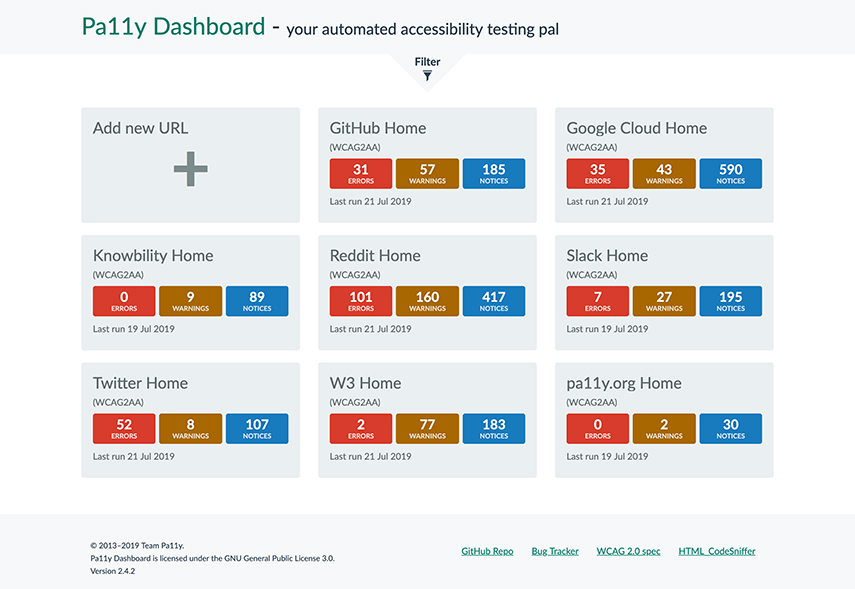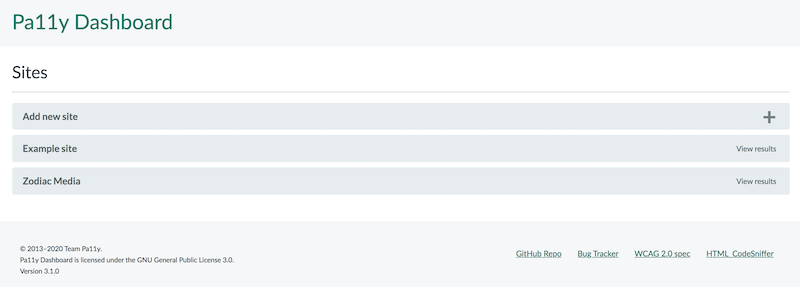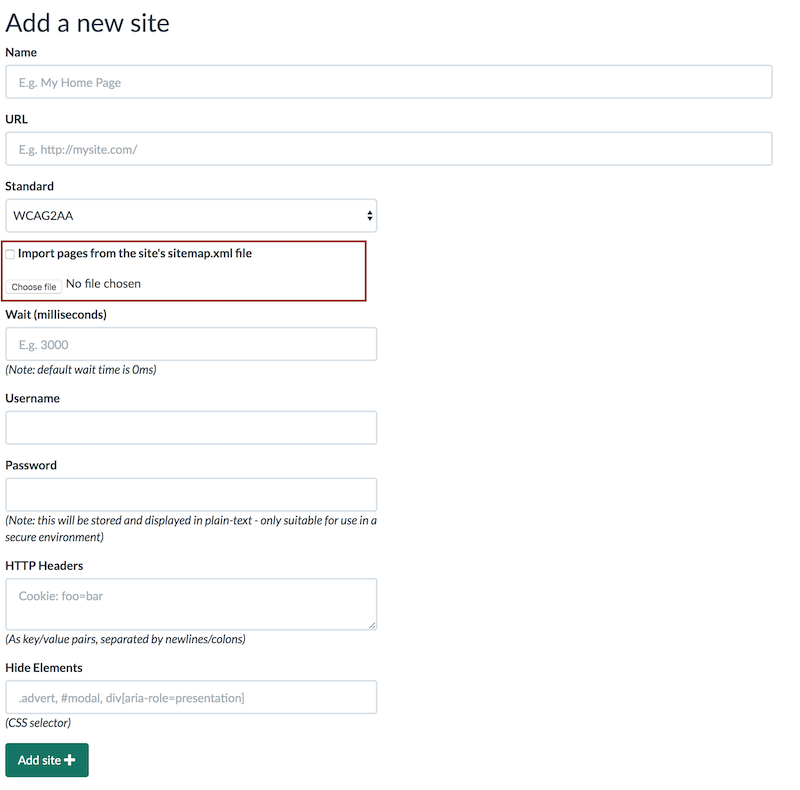By 23 September 2020 all public sector websites in the UK, including the public-facing sites, intranets and extranets, will have to meet the new accessibility regulations, which means all of these websites will have to be WCAG 2.1 AA compliant.
The government will be monitoring these websites and failing to meet the requirements or provide a satisfactory answer on why this couldn’t be achieved will most likely result in legal actions.

Why is accessibility important?
‘Accessibility is about making sure your service can be used by as many people as possible.’
13.9 million disabled people are living in the country today. By failing to meet the new accessibility rules, many people will be excluded and won’t be able to use the websites or applications as intended.
There are also other benefits if implementing accessibility correctly as it often means the site will be more SEO friendly as well, as the requirements often overlap.
Accessibility tools
To be able to address the accessibility issues, it has to be decided first how the website will be checked. There are a few different ways proposed by the government.
One of the options is to test the pages manually using a set of predefined rules; this can, however, be time-consuming if there are a lot of pages to check.
There are multiple different accessibility audit tools to use for automated testing, which can make the process easier, especially when there are several or large websites that need to be tested.
One of the most popular automated accessibility audit providers is SiteImprove, but depending on the requirements and size of the website, their subscription prices can potentially be high.
We started to research and look into different tools as well and found Pa11y, an open-source accessibility tool, to be a good alternative solution.
Pa11y and how it works
‘Here at Pa11y, we think making the web more accessible improves it for everyone.’
Pa11y provides a range of free testing tools. The dashboard is a web interface that helps to fix issues by listing the tracked pages and their results, and also provides options to add new items and manually run tests.
The dashboard displays every task on the front page and offers a simple filter on the top. While testing the service, we quickly realised this would not be sufficient for large websites or for clients that require testing multiple sites.

source: https://github.com/pa11y/pa11y-dashboard
We decided to implement a different approach and introduced the concept of ‘sites’. This way, we can easily categorise the tasks into multiple sites. We also extended the functionality of running tests to whole sites. Out of the box, the dashboard only allows running tasks on a single page.

Following this improvement, it is now possible to add pages manually or import them automatically using the sitemap or by uploading a CSV file that contains the URLs of the required pages.

Pa11y is a great tool for automated testing, and it helps to find and fix common issues. However, it is not guaranteed that automated tests will find every problem; manual tests should also be used always.
If you would like us to run a detailed check on your own websites accessibility please get in touch with us here at Zodiac Media.
